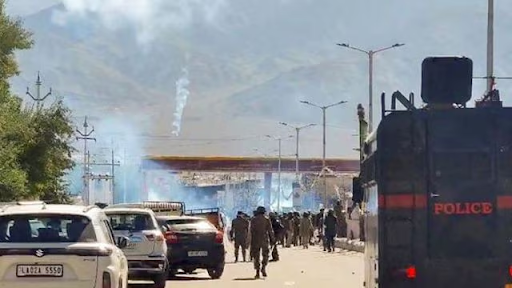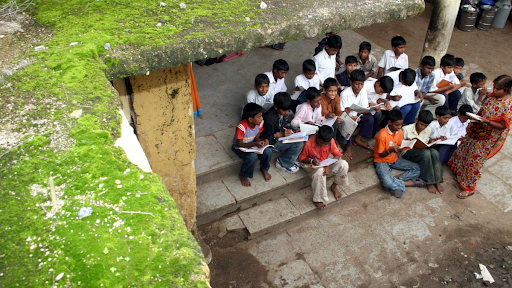



The Cabinet approved a ₹60,000 Cr scheme to upgrade 1,000 ITIs and set up five National Centres of Excellence. It aims to skill 20 lakh youth, align training with industry needs, and enhance NSTIs in key cities. The scheme uses a hub-and-spoke model and follows a collaborative funding structure.

Copyright infringement not intended
Picture Courtesy: education21.in
Cabinet approves a Rs 60,000 Cr scheme to upgrade ITIs and set up National Skilling Centres to boost vocational training in India.
The National Scheme for ITI Upgradation and Setting up of Five National Centres of Excellence for Skilling is a Centrally Sponsored Scheme designed to revamp the vocational education system.
The scheme has three main goals:
Hub-and-Spoke Model for ITI Upgradation => Upgrades 1,000 government ITIs to act as hubs (main centers) and spokes (smaller connected centers).
Strengthen five National Skill Training Institutes (NSTIs) in Bhubaneswar, Chennai, Hyderabad, Kanpur, and Ludhiana.
Train 20 lakh youth over five years to meet the skill demands of high-growth sectors like electronics, automotive, and renewable energy. It emphasizes local workforce alignment with regional industry demands.
The scheme operates with a total budget of ₹60,000 crore, funded as:
This collaborative funding model ensures shared responsibility among the government, states, and private sector to transform ITIs into aspirational institutes.
|
The scheme builds on the success of earlier initiatives like the National Skill Development Corporation (NSDC), which trained over 52 lakh individuals, and aligns with the National Education Policy 2020, which emphasizes vocational education. |
Source:
|
PRACTICE QUESTION Q. Critically analyze how the mismatch between academic education and industry requirements hampers the effectiveness of skill development efforts in India. 150 words |






© 2026 iasgyan. All right reserved